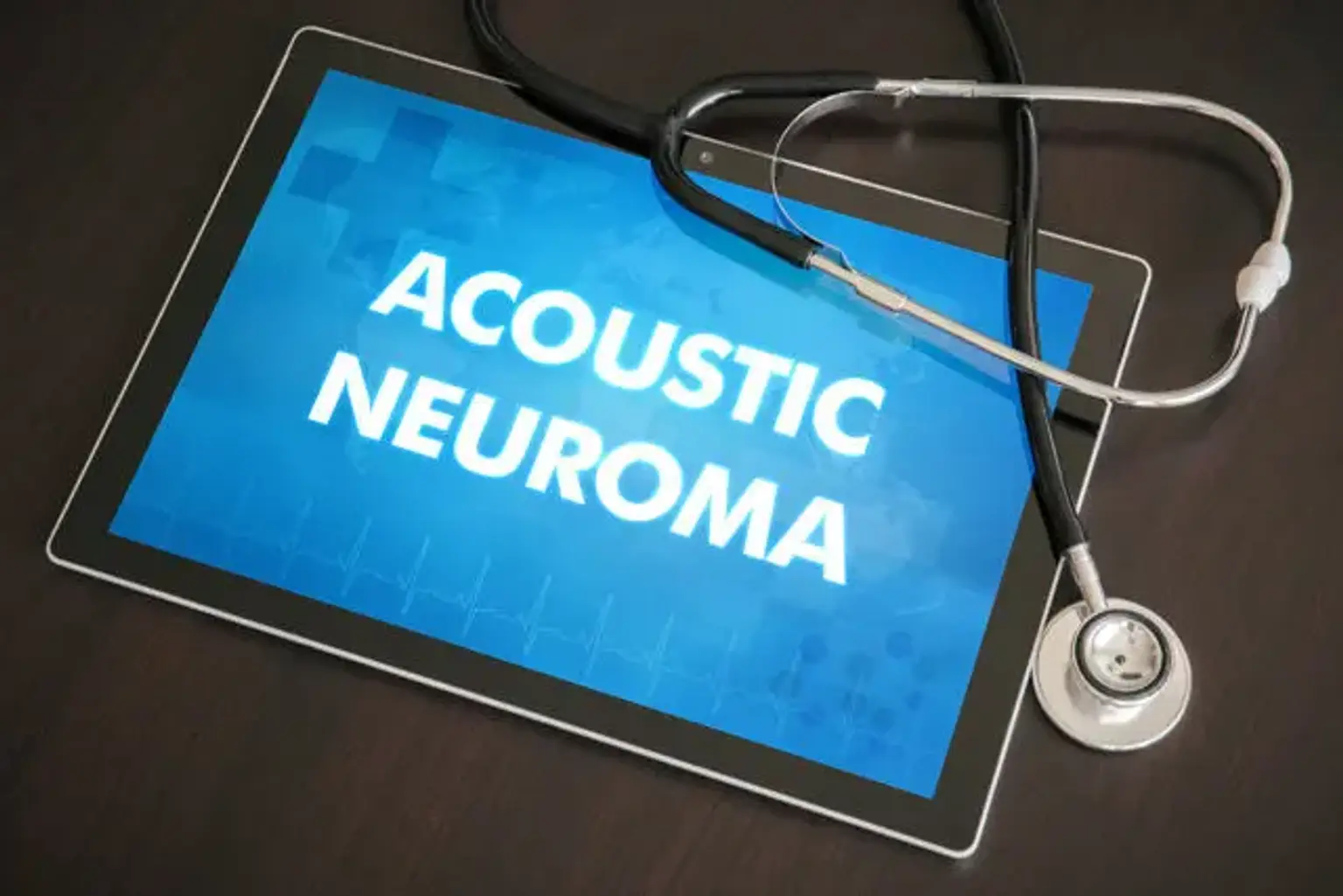Acoustic Neuroma
Acoustic neuroma, also known as vestibular schwannoma, is a benign Schwann cell tumor. These tumors develop from the Schwann cell sheath and might be intracranial or extracranial in nature. They frequently develop near the cochlear and vestibular nerves, with the latter's inferior division being the most common source. Acoustic neuroma tends to occupy the cerebellopontine angle anatomically. Meningiomas make up about 5-10% of cerebellopontine angle tumors and can arise anywhere in the brain. Individuals with type 2 neurofibromatosis are more likely to have bilateral acoustic neuromas. Acoustic neuroma is among the most frequent intracranial tumors, accounting for about 6 to 10 percent of all tumors in most studies. Acoustic neuroma affects about 12 out of every million people in the United States, and about 20 out of every million people in a modern European cohort. However, acoustic neuroma is becoming more common. An examination of 26 years of prospectively collected data in Denmark, from 1976 to 2002, revealed that the incidence increased from 7.8 for every million to 19 million. Smaller tumors are being detected in greater numbers as a result of these measures. Between 1976 and 2008, Danish statistics revealed a size reduction from an average of 30 mm to an average of 10 mm. These changes in the epidemiology of acoustic neuroma could indicate that the presentation of patients with this disease is changing as well. As a result, healthcare professionals in primary health care, hospitals, and surgical subspecialties would benefit from being aware of any emerging patterns in the manifestations of acoustic neuroma patients. The clinical signs and manifestations of acoustic neuroma described in the literature are mostly from older research which may or may not be pertinent to current practice. In addition, a proper statistical study of these variables using multifactorial regression has yet to be completed.
